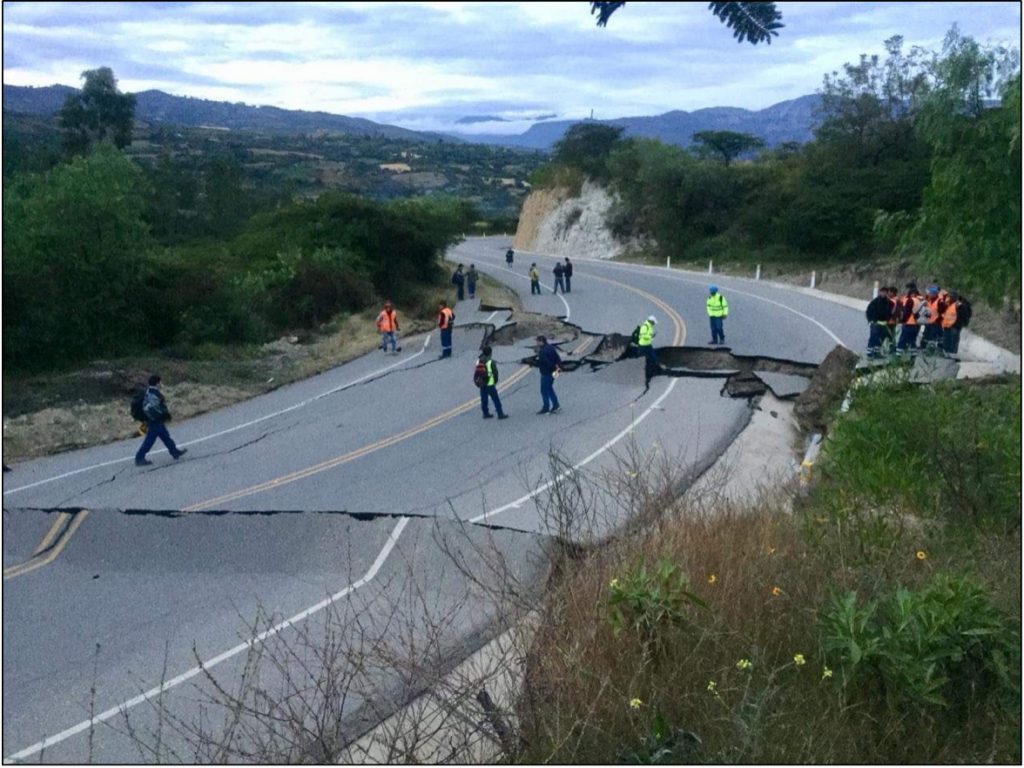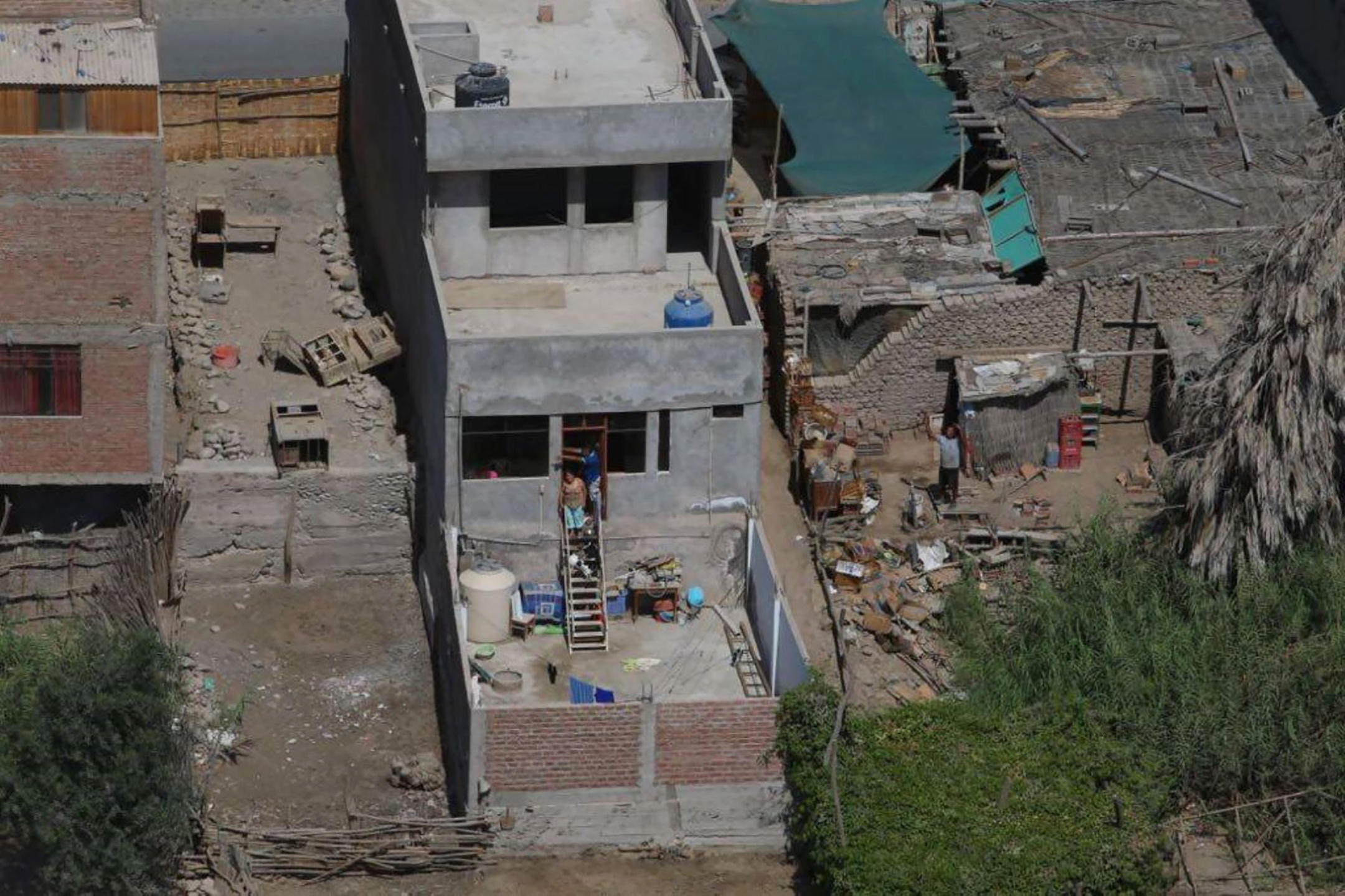Earthquake Impact Assessment: Peru Earthquake Today

Peru earthquake today – The earthquake that struck Peru today had a magnitude of 7.5 and its epicenter was located near the city of Cajamarca. The quake caused significant damage to infrastructure, including buildings, roads, and bridges. The human toll is still being assessed, but there are reports of casualties, injuries, and displacement.
The tremors in Peru today remind us of the fragility of our world. As we grapple with the aftermath, our thoughts turn to other global events, such as the upcoming Germany vs Denmark prediction. The outcome of this match could have significant implications for the tournament, and we eagerly anticipate the clash of these two footballing giants.
However, amidst the excitement, let us not forget the plight of those affected by the earthquake in Peru, and continue to offer our support in any way we can.
Infrastructure Impact
The earthquake caused widespread damage to buildings, with many collapsing or sustaining significant structural damage. Roads and bridges were also damaged, making it difficult for emergency responders to reach affected areas.
Human Toll
The human toll of the earthquake is still being assessed, but there are reports of casualties, injuries, and displacement. The Peruvian government has declared a state of emergency in the affected areas and is working to provide assistance to those who have been affected.
Emergency Response and Recovery

In the immediate aftermath of the earthquake, search and rescue operations were swiftly launched by local authorities, with support from national and international aid organizations. Emergency responders worked tirelessly to locate and extract survivors from the rubble, often facing treacherous conditions and aftershocks.
Government’s Response, Peru earthquake today
The Peruvian government mobilized its resources to provide assistance to the affected areas. This included deploying military and civil defense personnel, establishing temporary shelters, and providing medical aid and food supplies to those in need. The government also coordinated with international aid organizations to ensure a comprehensive response.
Aid Organizations’ Role
Numerous aid organizations, both domestic and international, played a crucial role in the emergency response and recovery efforts. These organizations provided essential services such as medical care, food distribution, shelter, and psychological support to the affected population. They also worked closely with local communities to assess needs and coordinate relief efforts.
Challenges and Ongoing Needs
The recovery process from the earthquake poses significant challenges. The destruction of infrastructure, homes, and livelihoods has left many people in need of long-term assistance. Challenges include providing ongoing shelter, food security, healthcare, and economic support to the affected population. Additionally, the psychological impact of the disaster requires ongoing attention and support.
Seismic Activity and Preparedness

Peru, situated along the Pacific Ring of Fire, faces a heightened risk of earthquakes due to its geological context. The country’s western coastline lies above the Nazca Plate, which subducts beneath the South American Plate, creating a convergent boundary that generates seismic activity.
Historically, Peru has experienced numerous devastating earthquakes. In 1970, a magnitude 7.9 earthquake struck the Ancash region, killing over 70,000 people and destroying much of the city of Yungay. In 2007, a magnitude 8.0 earthquake occurred off the coast of Pisco, causing widespread damage and killing over 500 individuals.
Building Codes and Early Warning Systems
To mitigate the impact of earthquakes, Peru has implemented strict building codes and early warning systems. The National Building Code (NBC) sets standards for earthquake-resistant construction, ensuring that buildings can withstand seismic forces. The Peruvian Seismic Alert System (SASPe) provides real-time alerts of impending earthquakes, giving residents valuable seconds to seek shelter or evacuate.
Education and Awareness
Public education and awareness campaigns play a crucial role in earthquake preparedness. The Peruvian government conducts regular drills and workshops to inform citizens about earthquake safety measures. By raising awareness, the government aims to empower communities to respond effectively during seismic events.
The recent earthquake in Peru has left many in need, but there are those who are stepping up to help. Bryan Reyna , a local resident, has been working tirelessly to provide aid to those affected. He has been organizing food and water drives, as well as setting up shelters for those who have lost their homes.
His efforts have been a beacon of hope for those who have been devastated by the earthquake.